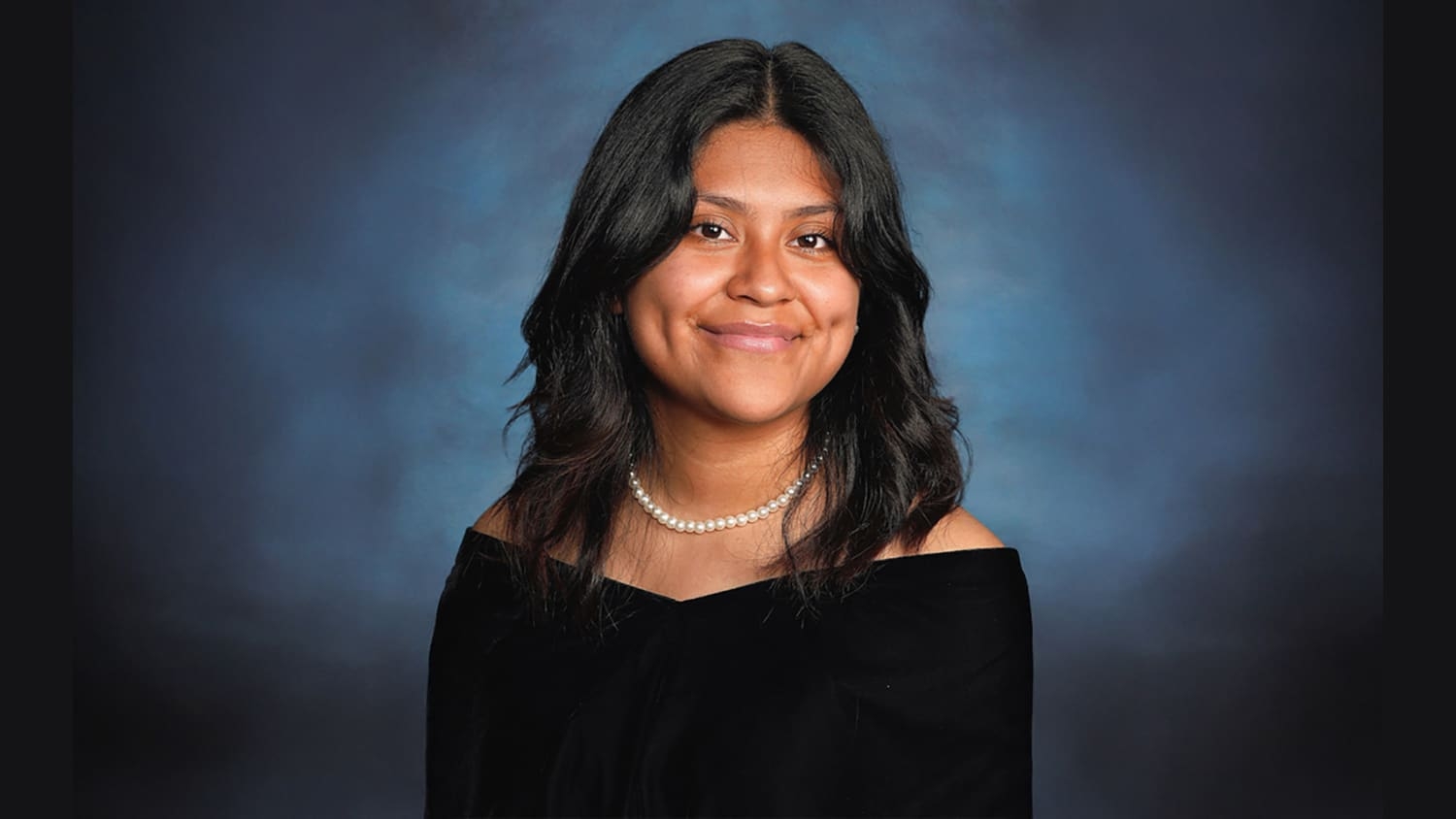Labs Get Smart

Pecking on cell phones and watching YouTube videos in class used to be a big no-no. But in today’s physics and organic chemistry labs at NC State, those once-forbidden distractions are now valuable teaching tools.
This high-tech learning approach has earned attention throughout campus and around the country, and it’s helping to reshape how introductory labs are taught.
Instead of using expensive measuring equipment, students in introductory mechanics labs in the Department of Physics can simply download an app to measure velocity, rotation and the force of gravity. In the Department of Chemistry, student-produced lab videos have helped students become more independent and better understand the material.
In physics, the NC State-built MyTech app leverages the same accelerometer and gyroscope sensors that allow users to play racing games on their phones. The app allows users to simulate the force against a spring, measure movement in a three-dimensional plane and make many of the other measurements necessary in an introductory mechanics lab.
“I really enjoyed using the MyTech app in the physics labs,” said Christian Rockermann, a freshman in the introductory mechanics course in the Department of Physics. “The app was well put together, easy to use, and it made the labs a lot more interesting. It’s nice to be encouraged to use your phone in class for once.”
The idea for the app came from Colleen Countryman, who focused her NC State Ph.D. dissertation on how to use smartphones in physics education. Today, Countryman, a teaching assistant professor at NC State, oversees an introductory calculus-based physics course. She created the app for the course with the help of grant funds and developers from the university’s Distance Education and Learning Technologies Applications (DELTA) unit. The office helps NC State instructors create new technology-based teaching tools.
Before the introduction of smartphones in physics labs, students would use expensive lab equipment that simply spit out data, giving students little perspective on how the data originated.
The MyTech app aims to better indicate how the phone sensors report data. By using real-time visuals and graphing, students immediately see the results of different actions.
“The app helped me better visualize the different components of motion on an object in free fall and rotation,” said Timothy Chen, a sophomore mechanics lab student.

The benefits of using the MyTech app in introductory mechanics labs are apparent in the data Countryman is collecting about how students are using the app. Students are still learning the basic skills, but now they are better able to connect abstract concepts with the real world.
“We are taking advantage of the best pieces of technology,” Countryman said.
In addition, students are more familiar with their phones than they are with traditional lab equipment. This allows them to focus on learning the physics concepts within a lab rather than spending time learning how to use the lab equipment.
Organic chemistry labs are also taking a new approach to learning through the use of YouTube videos. Known as SMART (Student-Made Audiovisuals Reinforcing Techniques) videos, these short video clips supplement organic chemistry labs by explaining techniques, instrumentation, calculations, demonstrations and safety.
What originally started as a small, student-led project in 2013 to create training videos for teaching assistants (TAs) soon grew into something larger. The videos are now used by the more than 3,000 students who pass through NC State organic chemistry labs each year.
The videos are the brainchild of Maria Gallardo-Williams, the director of organic chemistry labs, who in 2014 received a course redesign grant from DELTA that eventually resulted in the large-scale video project. Many lab programs in the U.S. use videos as a supplement to lab briefings. But what makes the videos NC State uses different is that they are generated from scripts written by students, who know first-hand what needs to be emphasized.
“It’s all about the students. The videos are created by students, scripted by students, acted, shot, everything — it’s 100 percent student-driven,” Gallardo-Williams said.
To make sure the video content is accurate, Gallardo-Williams reviews the scripts before recording begins. Small updates are also made to the videos based upon student feedback.
Gallardo-Williams and her colleagues recently had an article published in the Journal of Chemical Education discussing this new lab approach. The article reported that students who view SMART videos recall 17 percent more information about the lab than they do when given similar information by TAs. The students are also more independent, requiring less help from TAs.
“Each video is for a specific technique or instrument,” Gallardo-Williams said. “And you can string them together in different orders depending upon what lab you are doing.”
- Categories:


